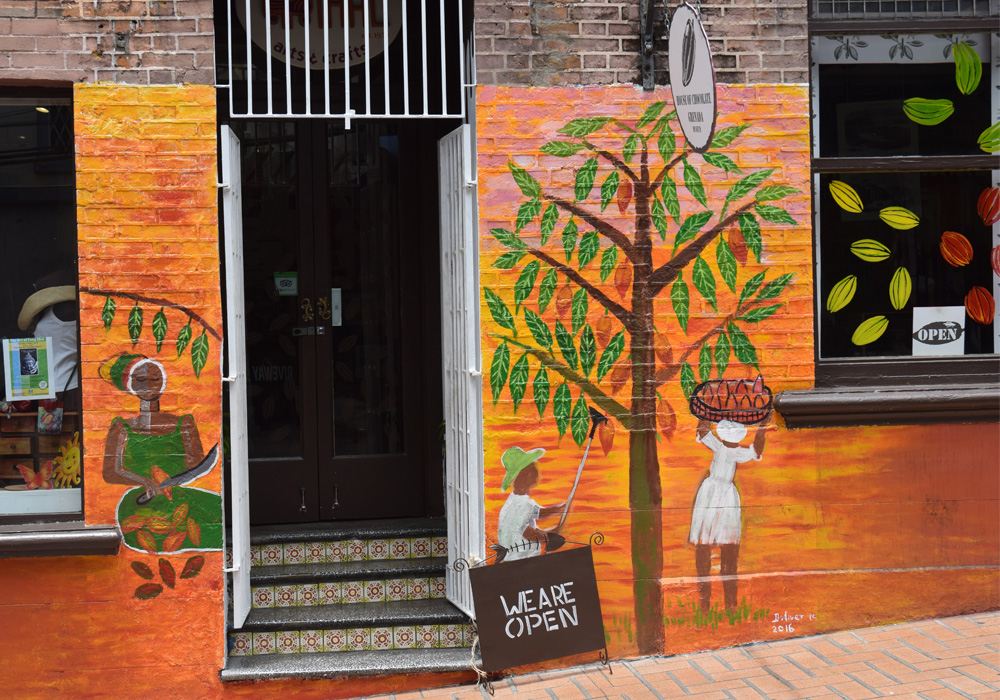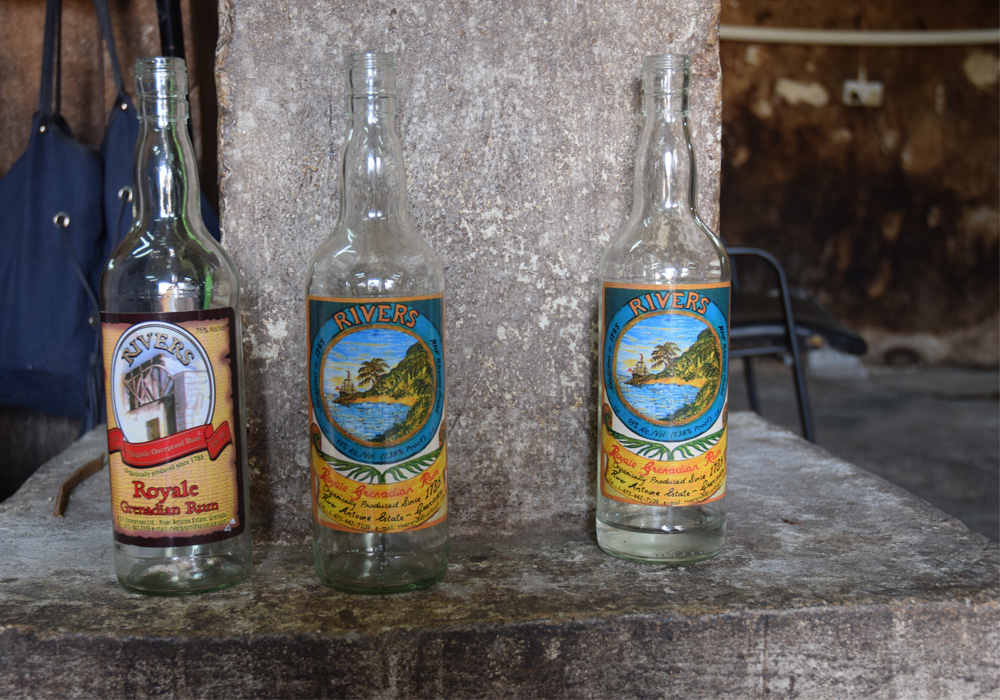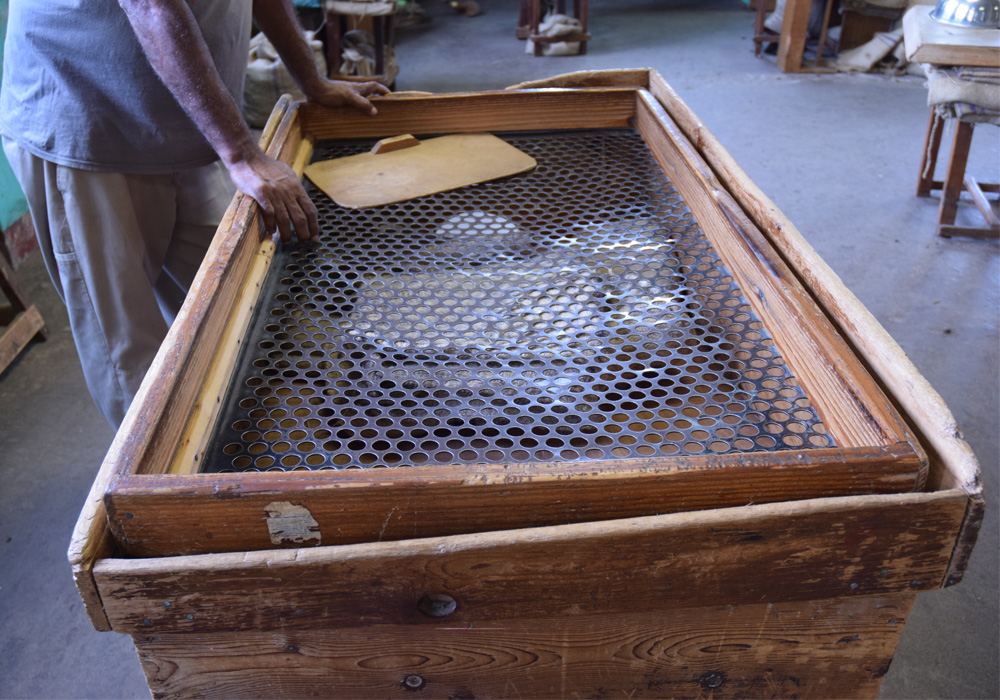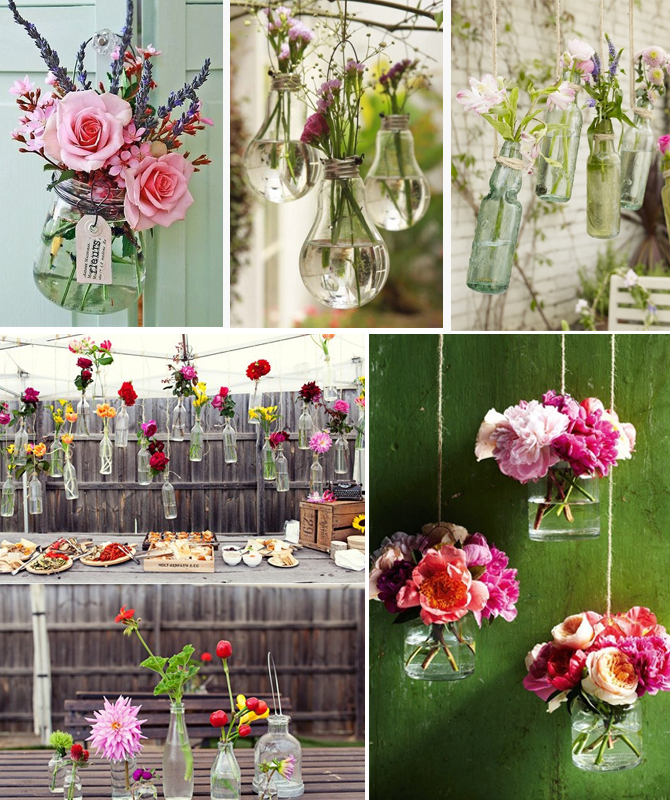 One of the reasons why Grenada is such a delight to visit is the abundance of fruit and spices grown, so if you like your food (and drink -let’s not forget the rum), it’s great to go see everything in its natural habitat. There is even a funky word for it, agri-tourism.
One of the reasons why Grenada is such a delight to visit is the abundance of fruit and spices grown, so if you like your food (and drink -let’s not forget the rum), it’s great to go see everything in its natural habitat. There is even a funky word for it, agri-tourism.
Belmont Estate, at the northern end of the island, is a good example. It’s a fertile plantation which dates back to the 1600s and was once a major contributor to Grenada’s agricultural output, growing nutmeg, cocoa, sugar cane and bananas. Now there’s a restaurant (the banana soup is worth a try), a museum and gardens where you can get a snapshot of the vegetation grown on the island. It is pleasingly shambolic, looking like a working farm should do, neither too neat nor too abandoned and there’s lots to learn.

You can take a tour around the plantation to identify all the fruits, spices and vegetables grown, I knew most of the fruits but had never seen fresh cashews (below) before…..who knew?

There’s also a quick explanation of how Grenada grows and processes cocoa, the beans are left to ferment and mature on huge flat beds, see below. Do not miss this as Grenada produces the best cocoa and the Grenada Chocolate Company has an office and shop here at Belmont. Buy some of its top quality organic chocolate bars, or even better, some cocoa balls to make tea from. I also stocked up on pure cocoa butter bars, which are fab for dry skin. It’s a chocolate-lover’s nirvana.

There’s also a Grenada Chocolate Company store in Grenville too, if you can’t be bothered to hike up to St Patricks.

There are rum distilleries everywhere, many of which do rather soulless visitor tours -aimed squarely at the visiting cruise liners. Having done those on our 26-years-ago visit (nothing has changed) we trudged up to the River Antoine rum distillery, the oldest in Grenada and, looking at the machinery involved, probably anywhere in the world. They are very proud of their waterwheel, which dates back to the 1700s and is still the main wheel used in production.

It’s process are Medieval, we might call them ‘artisanal’, but it’s hugely photogenic and the Rivers rum is amazing. It isn’t exported, they don’t make enough and one of the rums is over 70% proof and classified as a weapon if you try and take it on a plane. They produce a 69% proof one for you to pop safely in your suitcase, as well as an excellent cocoa-rum liqueur. I recommend this.

Not much has changed about making rum from sugar cane since the factory was founded in the 1700s.

26 years ago I bought a kilo of nutmeg in their shells which has only just run out. The chap who showed us around the Gouyave nutmeg processing station explained that nutmegs last about 10 years, I told him mine were still fine after twice that time.

Hurricane Ivan destroyed a huge number of nutmeg trees on Grenada in 2004, and things are still not quite back to normal, but the island is still one of the largest suppliers of nutmegs to the world and it’s worth visiting the factories, with their tropical-Dickensian atmospheres and ancient machinery.

Below is the nutmeg sorter, the too small nutmegs fall through the holes and are used for grinding into spice powder, the bigger ones are used for perfumery, essential oils and as whole nuts.

If you spend too much time on the beach (easy to do here) you can always head into St Georges and buy bags of nutmegs in their shells and with the mace still wrapped around them from the market. Seek out Sheila, below, who had the best selection at the best price.

For more on Grenada see here, Part One of TWR visits Grenada here




